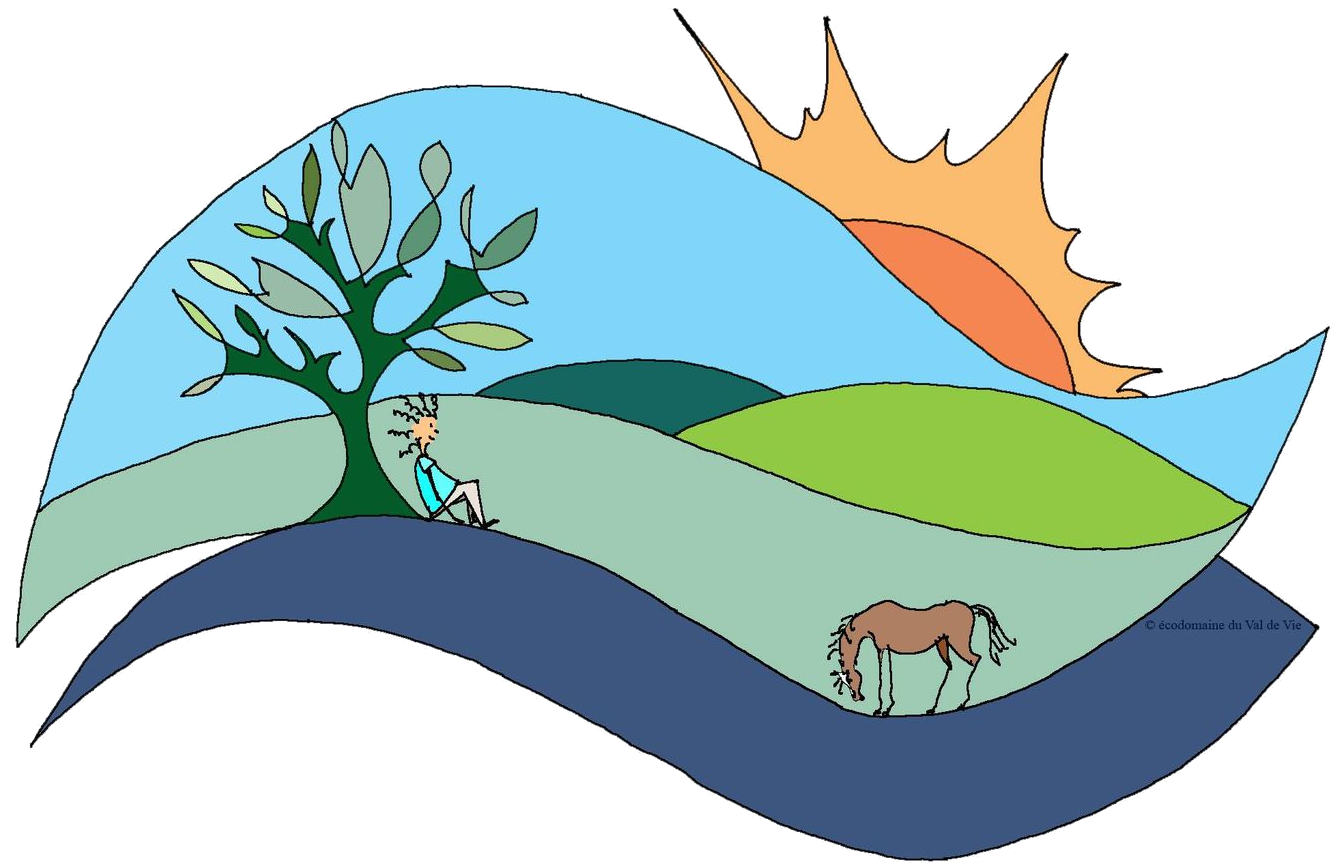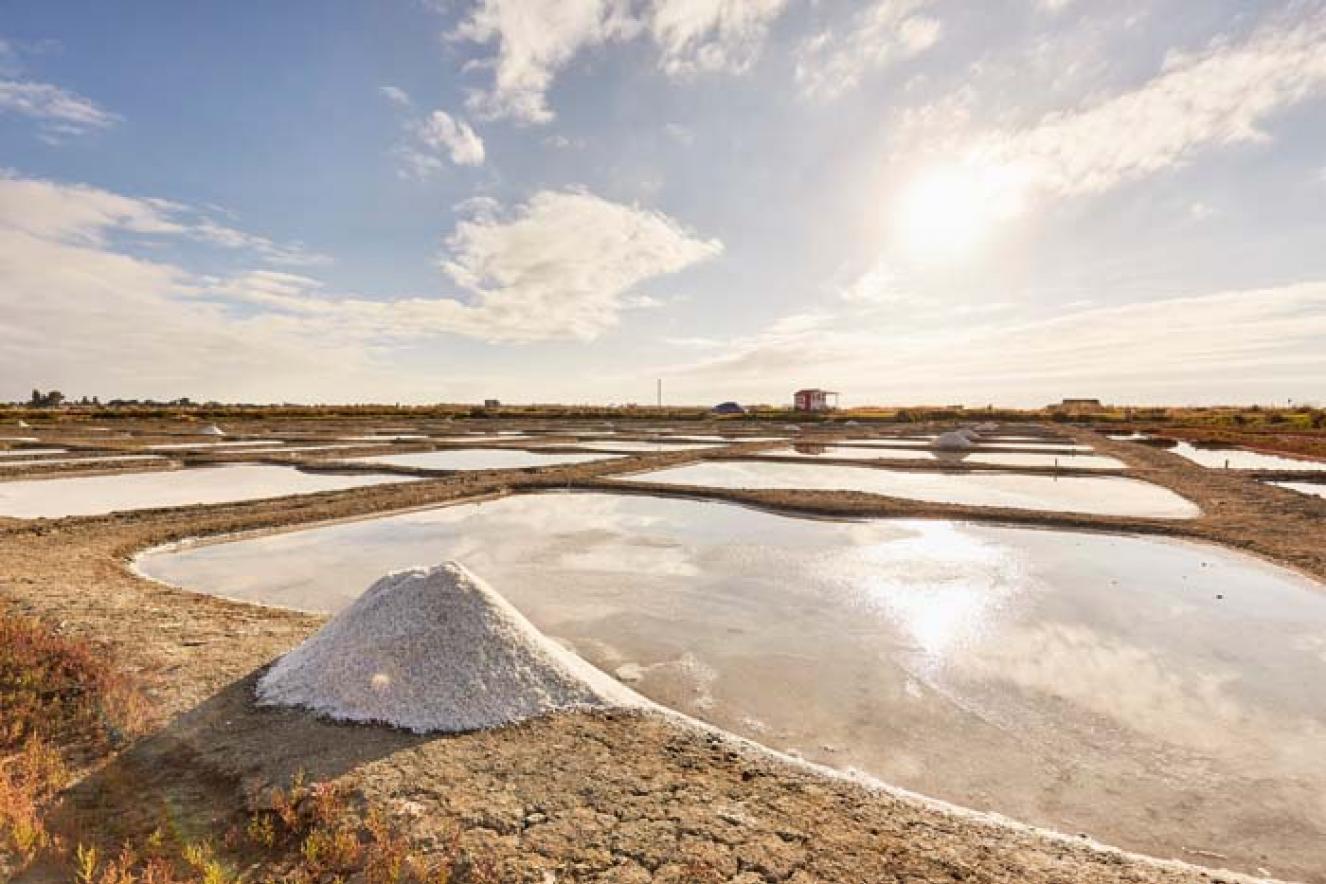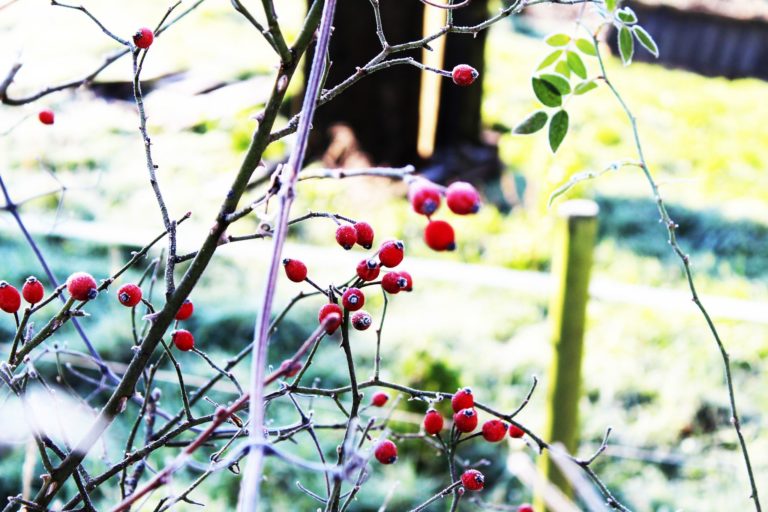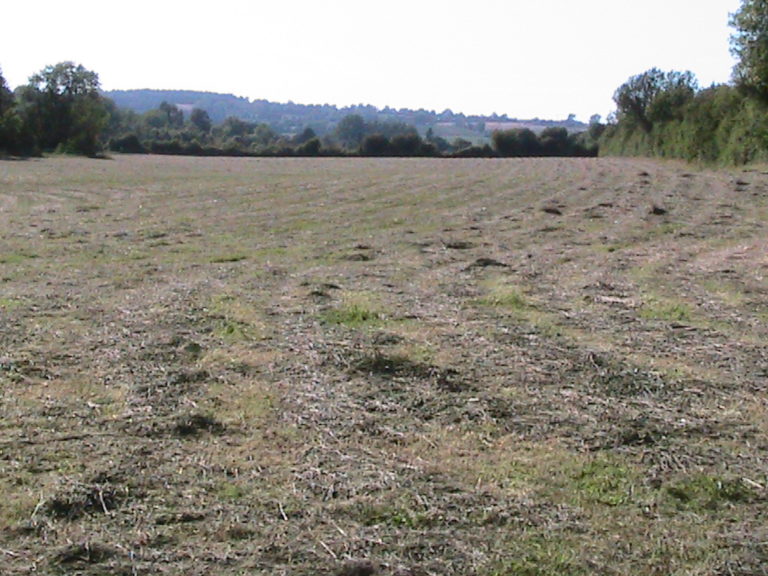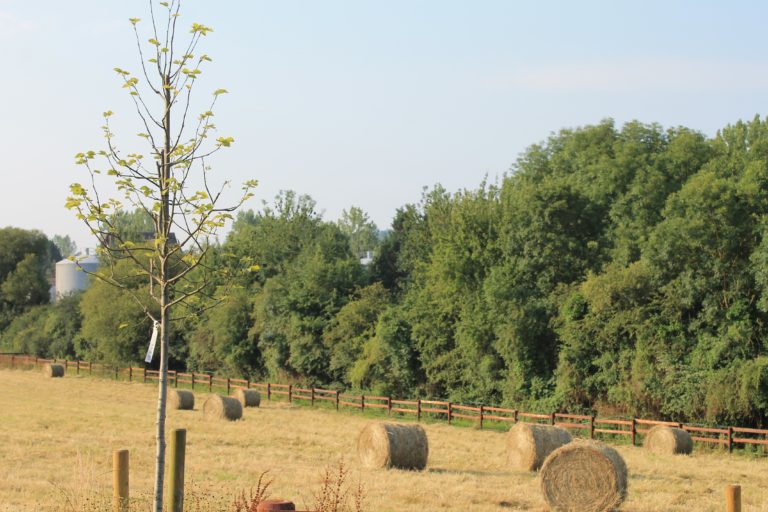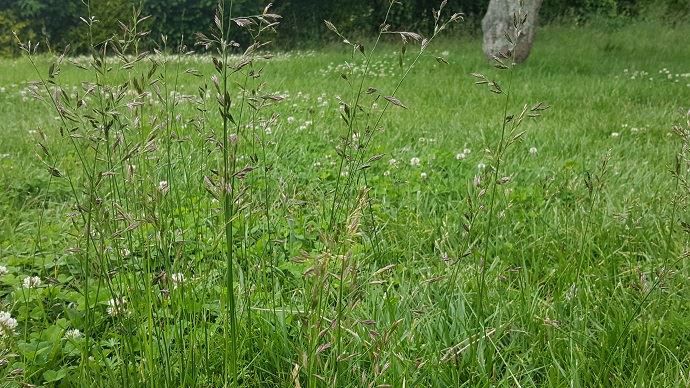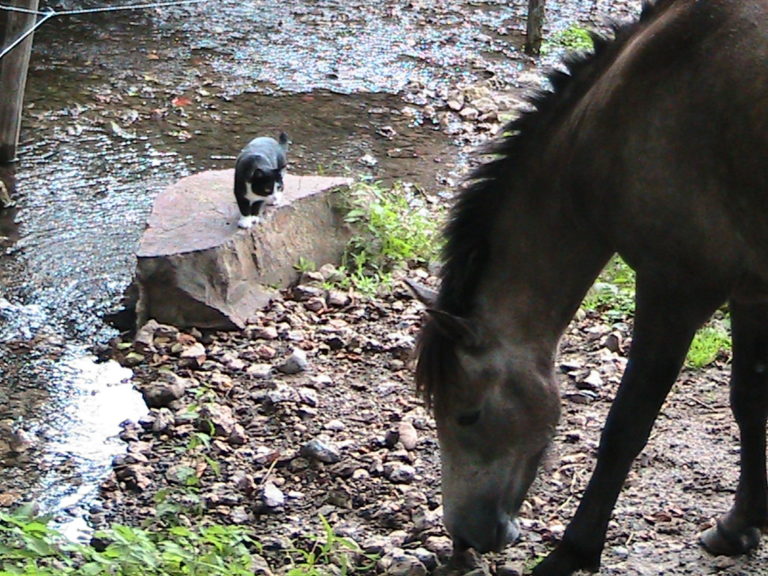Salt for horses
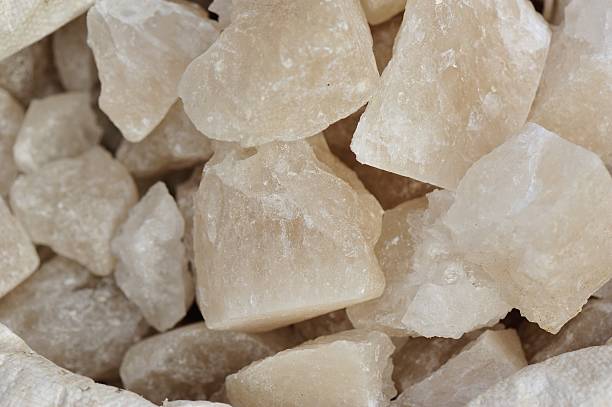
Giving salt to horses : essential and simple
The body of a horse or pony is approximately :
- 75% water
- 5 to 10 gr of salt per liter of water
=> that's 375 liters of water for the “famous” 500 kg horse : which gives us from 2 to almost 4 kg of casually salt !
What are we talking about when we talk about salt ?
Salt is found in diluted form in body fluids (plasma, interstitial fluid - between cells - and intracellular fluid). These are called electrolyte ions, including the macroelements we are talking about here :
- Sodium (Na) : 12.4% of sodium is found in food content, in the digestive tract,
- Chloride (Cl) : it is an essential component of hydrochloric acid produced in the stomach and necessary for digestion
Sodium chloride (NaCl) is quite simply what makes up the white salt blocks.
There is block of salt and block of salt
We also often find ...
- lick blocks supplemented with vitamins and minerals: be careful, they very often contain molasses which is a residue from the manufacture of sugar and which in addition contains too much potassium (“residue” that does not make you dream ...),
- and also blocks of Himalayan salt: it is an ecological disaster and the trace elements they contain are found elsewhere, we cannot advise it here, but we seek to enrich the food intake by a great diversity ,
- or even scented blocks (apple, banana, etc.): it is up to everyone to know how to position themselves against the weight of marketing. You just have to remember that the goal is to feed our horses naturally.
How much salt should I give ?
It all depends on 3 elements :
- its needs,
- the factors that cause them to evolve,
- and of course the food sources to cover these needs.
Summer weather and physical exertion will increase the needs because sweat is mainly composed of water and electrolytes, one of the main ones being sodium chloride: our white salt.
=> the more the horse sweats the more it needs salt intake : the case of the “athlete” horse subjected to intense efforts must be taken into account in an individualized way (we will not see this in detail in this article: but we draw attention to its increased needs)
Where will the horse find salt naturally ?
Simply in :
- drinking water,
- the different fodder available to it,
- the soil of its habitat (earth and rocks),
- the supplements that we are going to offer him.
To find out more precisely what it has, it is necessary to go through the analysis of water and fodder (in particular hay for horses housed on tracks).
- tap water :
- the legally authorized maximum concentration of chloride in water is 250 milligrams per liter (mg / l)
- the amount of sodium in the water should not exceed 150 mg / l.
- hay : it is estimated that there is between 0.2 and 0.3 g of sodium per kg of dry matter
- lick stone : it is enough to leave some at the disposal of the horse. Usually they regulate without problem. But it is important to observe what is happening :
- with a horse that discovers a more “natural” life
- and because certain pathologies can arise which modify behavior.
=> A lick stone recipe is available: go and discover it here
Watch this video which shows how an owner offered her horses the opportunity to search for salt on the tracks of her Paddock Paradise : 3 remarks…
- burying the salt block in the middle of stone blocks is :
- be inspired by models from Nature
- and this is a new opportunity to live a horse's life for our horses
- to choose a block of white salt or a "homemade" block is :
- take care of Earth
- and it is even better if the salt is not or little processed and if it comes from France.
- using a container that allows the salt not to melt in the soil water in the first rainfall is to take care of the soil ecosystem which would be destroyed by salinity
NOTES :
- Did you know ? the horse's tongue is smooth and unsuitable for collecting salt by licking ... Give horses a choice : putting a white salt stone on one side and a feed trough with powdered salt on the other gives them a lot of comfort
- salt stimulates “watering” behavior: placing the salt block away from the water point stimulates movement behavior
- nibbling on a block of salt stimulates the wear and tear of the incisors and contributes to the natural maintenance of the teeth.
